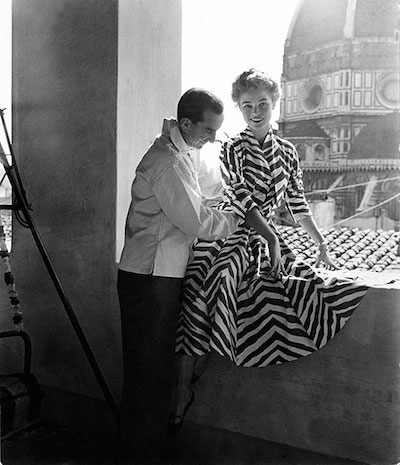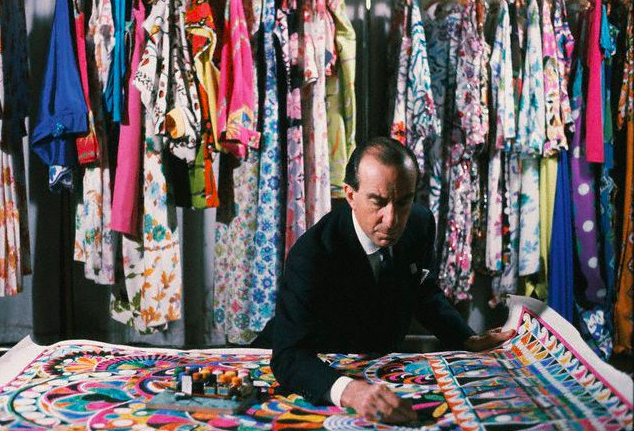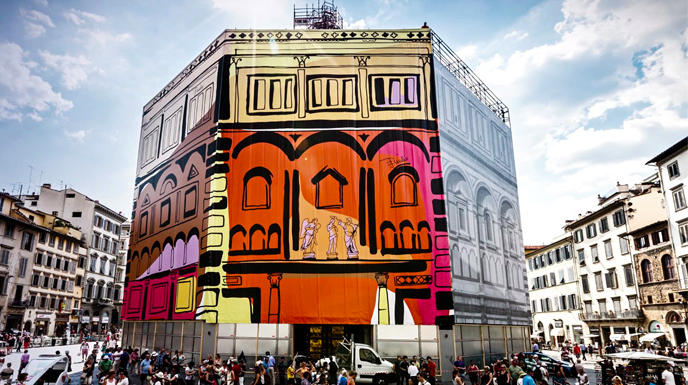The roots of Emilio Pucci run deep in the heart of hometown Florence. The celebrated designer hails from a family legacy that dates back to the 14th Century: one rife with politicians, cardinals and patrons of the great Renaissance artists. This intimate connection to Florence has served as inspiration for many of the brand’s colourful and quintessentially Italian designs.
Now, the luxury fashion house has taken the opportunity to give back to the past from which it has drawn so much inspiration.

Emilio Pucci began his eponymous label in the 1950s, taking advantage of the historical Palazzo Pucci – located in the centre of Florence, next to the fabled Baptistery of San Giovanni – as the headquarters of his brand. In the years since inception, the space has served as both atelier and venue for fashion shows, allowing famed Italian designers such as Salvatore Ferragamo and Pucci himself to convey the heart of their country through fashion and design.
Current collections and designs continue to draw on this original mode of creating. According to Ms. Pucci, heir to the great Emilio:
“It was a way of saying, ‘We belong here, these are our roots, these are our aesthetics.”

The relationships these Italian brands hole with their home cities is both symbiotic and mutually beneficial. Private companies are constantly investing in opportunities to salvage historic monuments, as the cash-strapped Italian government is in no position to fund such crucial restorations. Brands such as Pucci are often called upon to step in and act as cultural saviours when it comes to social change and action though philanthropy.
In the past, Italian shoemaker Tod’s has put its hand up for the Colosseum, spending around $34 million to restore the landmark. And fashion house Fendi is the sole patron in a project designed to restore the Trevi Fountain and Four Fountain, both located in Rome.
Now, something close to Pucci’s heart – and home – is next on the list: the Baptistery of San Giovanni.
In 1957, an Emilio Pucci scarf was designed to resemble the aerial view of Piazza San Giovanni, famed city square of Florence. During the Firenze Hometown of Fashion exhibition last year, and alongside other contributions from Italian fashion houses Gucci and Roberto Cavalli, the scarf design was draped across the Baptistery in a near-surreal exploration of Florence and fashion’s past.
Now, the fashion house have dedicated themselves to helping restore this bastion of Italian heritage and culture.

To assist with the restoration of the Baptistery, Pucci have released a limited-edition SOS Battistero scarf which aims to honour the original scarf of 1957 through a brand-new colour scheme. This scarf is a part of a Cities of the World collection which will be available for purchase on Yoox and in two stores, and comes with a handsigned note from Ms. Pucci thanking the buyer for their donation.
“I really hope we can do something special together and give back to Florence,” Ms. Pucci said. With the dedication, passion and love Italian fashion houses show for their home cities, they have and will continue to give back to their home cities for decades to come.









